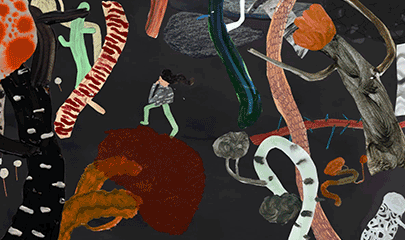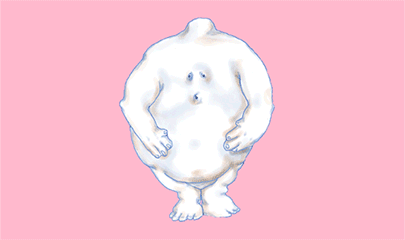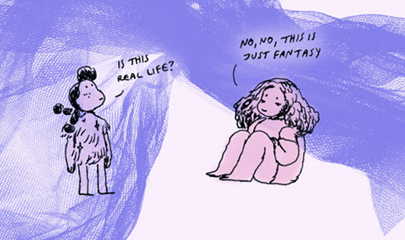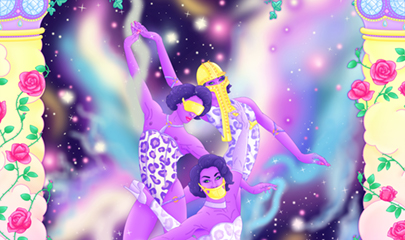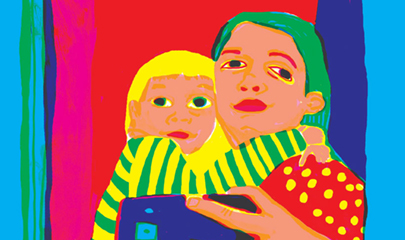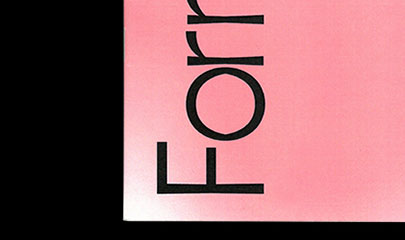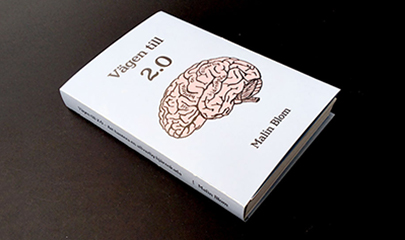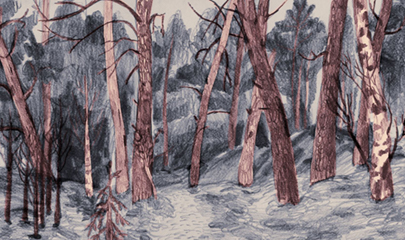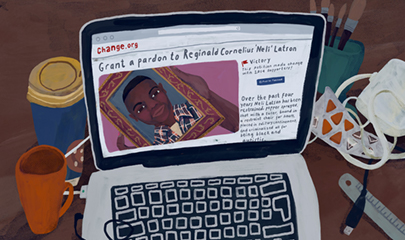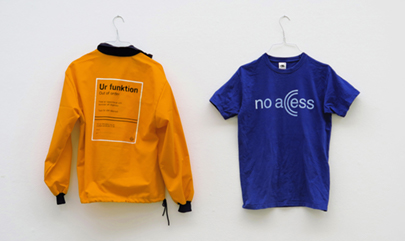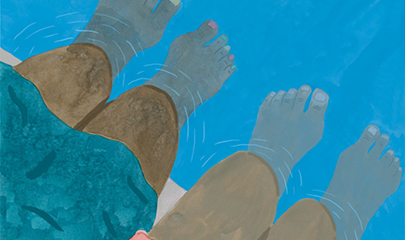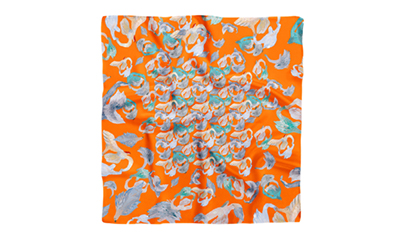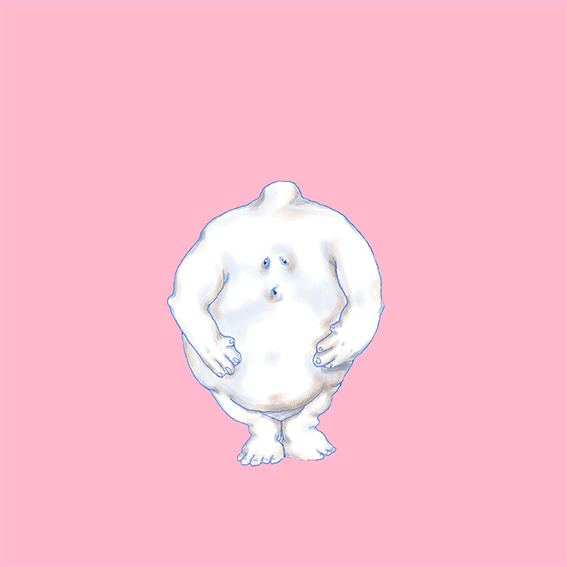
Lilla Ego Vol.1, Frame by frame animation 2017.12.12
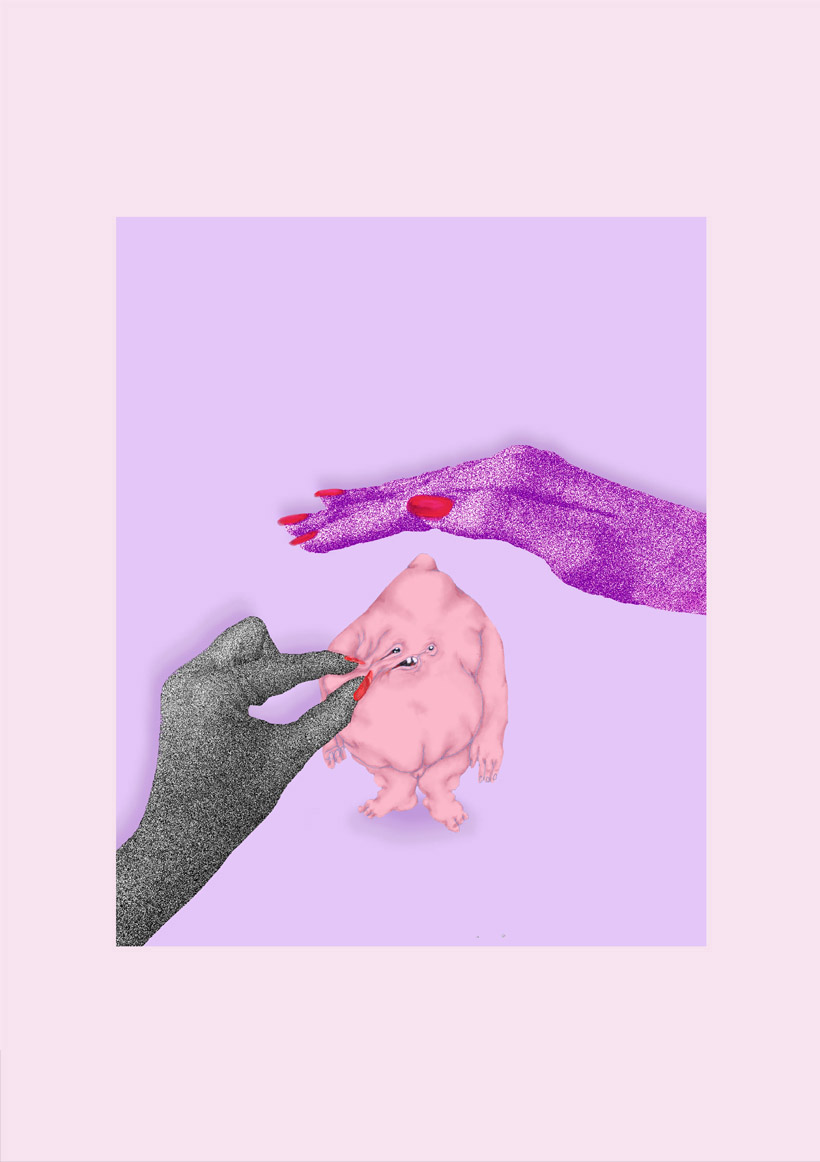
Lilla Ego Vol.2, Frame from frame by frame animation. 2018.03.31
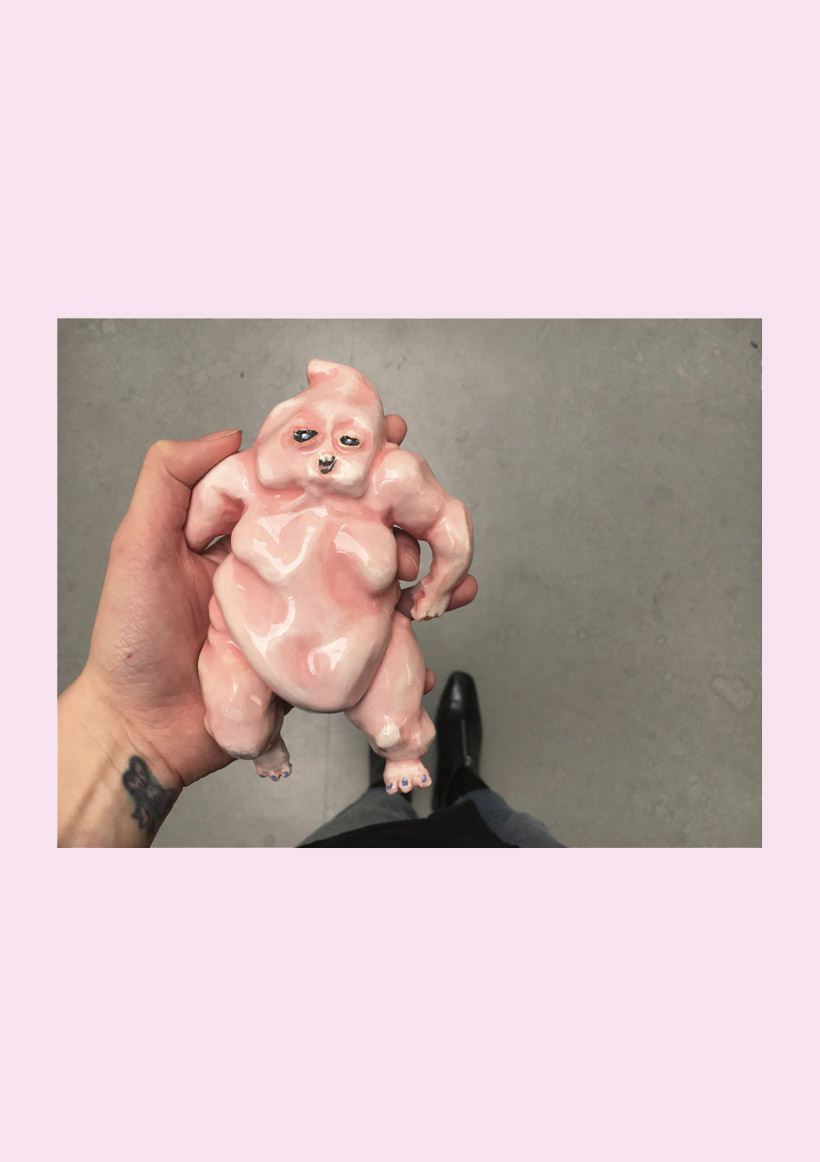
Lilla Ego, sculpture 2018.02.14
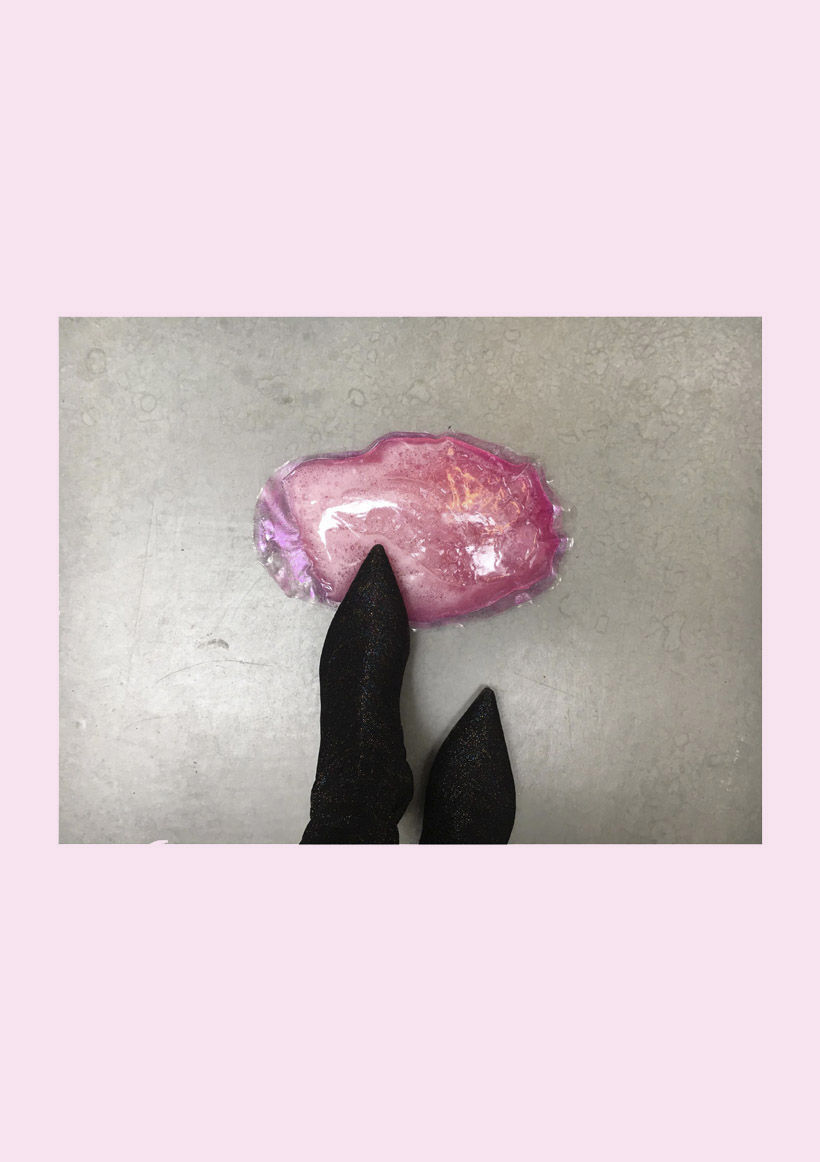
Plastic bubble, prototype for exhibition 2018.04.04
Lilla Ego, A Study in Body, Hate and Acceptance
A work using the media of frame by frame animation and installation. Working with the topics self-objectification, body-hatred and beauty standards.
Lilla Ego is the central figure of this project. Lilla Ego represents a state of mind. Like a sidekick sitting on your shoulder, working as that constant reminder of the imperfections you think you carry. Like when you are reminded of that specific side of yourself. When the need to control the actual body overpowers rational thoughts. The actual feeling of being that shapeless blob, undesirable and undefined. Not really having a shape. Or having a shape that is easy to just push around. Letting the form be the actions of the Ego.
My degree project derives from the urge to find the outcomes and the results of consuming a feminine-coded visual language. How does the pretty, feminine, pink world found in commercials, popular culture and children’s culture alter the way we think and behave? Through processing what the stereotypical feminine language stands for in a symbolic matter, my degree project finds and pinpoints the dualities. While being an easily recognisable and approachable type of visual language, it is also seen as silly and frivolous. How it is used as symbols and standards of beauty? And what does this type of message actually do to one’s self-evaluation?
Lilla Ego, En studie i kropp, hat och acceptans
Ett arbete i mediumen frame by frame-animation och installation, som vidrör ämnen som självobjektifiering, kroppshat och kropps- och skönhetsnormer.
Lilla Ego är den centrala figuren i det här projektet. Lilla Ego representerar en sinnesstämning. Som en sidekick, sittandes på din axel. Som konstant jobbar på att påminna dig om de imperfektioner som du tror att du bär på. Som när du blir påmind om ett specifikt attribut hos dig själv. När behovet av att kontrollera din kropp övermannar rationella tankar. Känslan av att vara en formlös figur, odefinierad och oälskad. Att inte ha en definierad form. Eller att ha en form så oformligt formlig att den lätt går att alternera och forma – att låta formen vara handlingen av Lilla Ego.
Arbetet i sig kommer ur en strävan att hitta vad som kommer ur och resultatet av att konsumera ett feminint kodat bildspråk. Hur det feminina, vackra och rosa som återfinns i reklam, populär- och barnkultur alternerar och förändrar sättet vi tänker och agerar. Genom bearbetning och processering av detta stereotypt kodade form- och bildspråk och vad det symboliskt står för. Med syfte att precisera tvetydigheten i ett formspråk som ses som både enfaldigt och tramsigt. Samtidigt som det är ett lättigenkännligt och formbart bildspråk med symboliskt värde. Och vad utgången och resultatet blir av en standardisering av skönhet, hur det påverkar ens självuppfattning.

